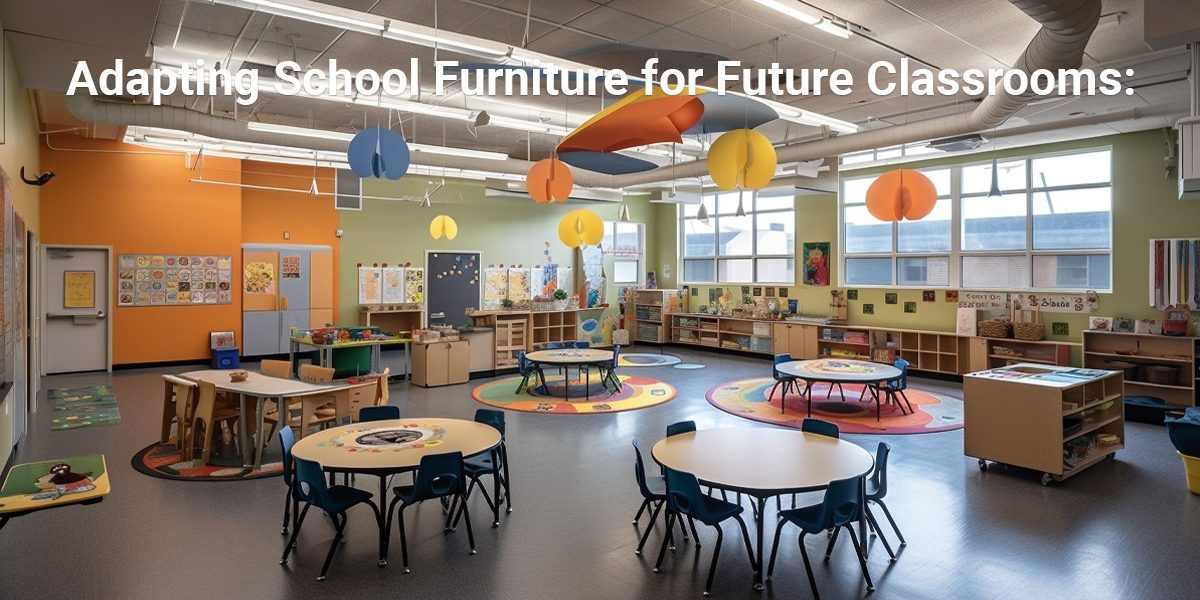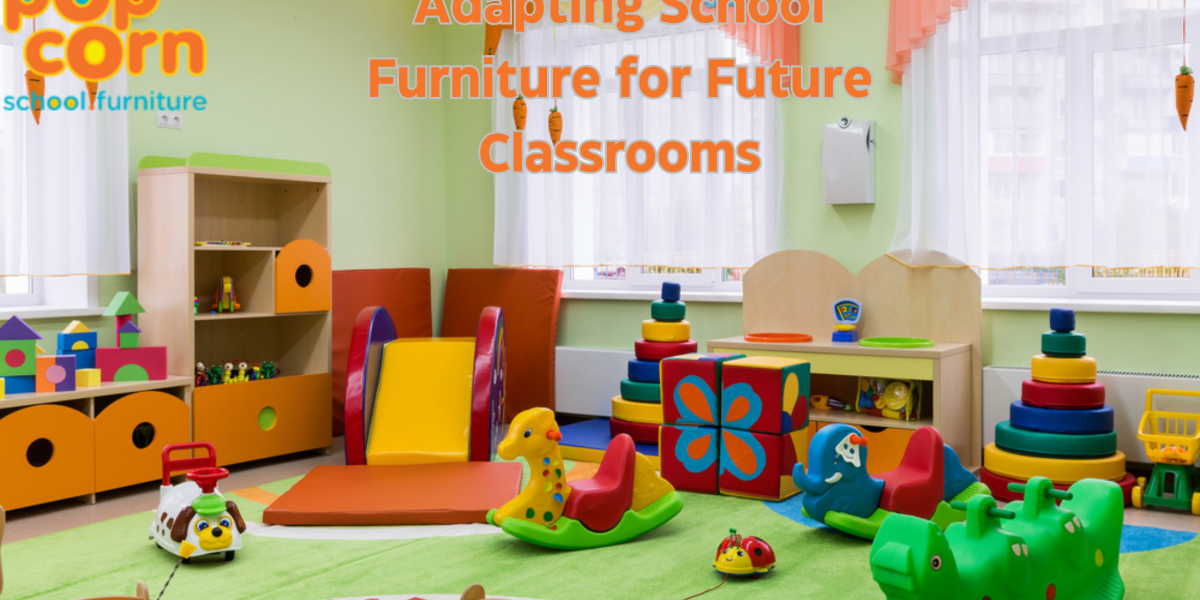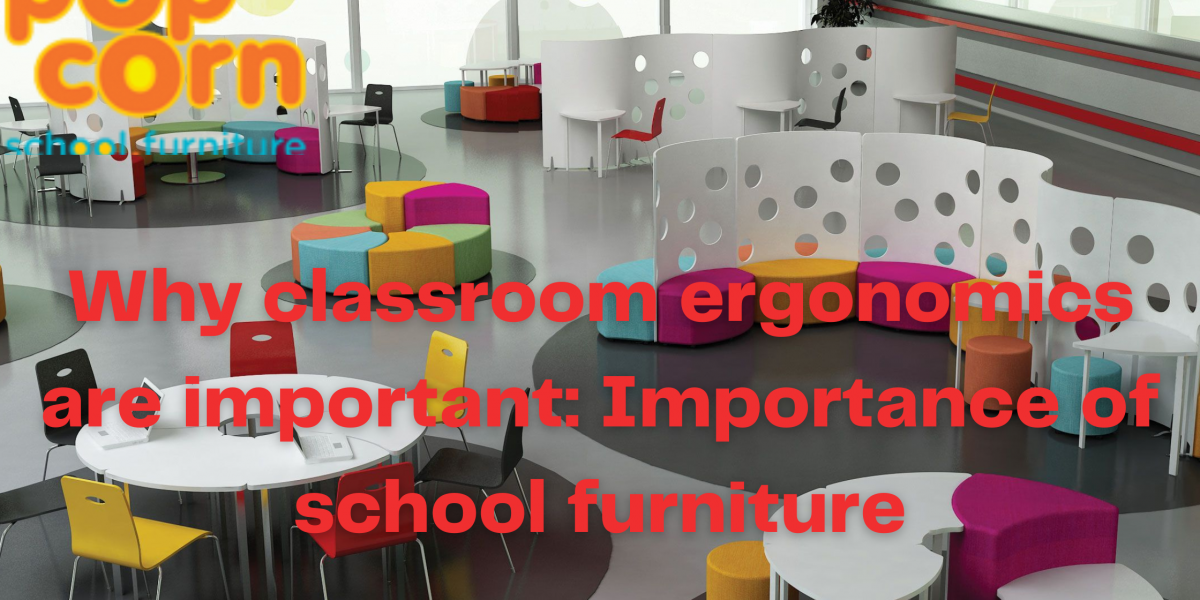
How does Classroom Furniture result in learning gains?
Classroom furniture is the key to the success of student learning environment. New furnishings may not influence student achievement. However, when combined with the right technology and more importantly, variations in pedagogy, data shows very vividly that an active learning classroom environment has a measurable bearing on academic performance.
Proper classroom furniture helps educators had better administer active learning initiatives through leveraging the design of their physical space. Mostly, classrooms use fixed, 4-person tables that accommodate small batches. Classroom instructors say these tables as the ‘most essential piece of technology in the room’ since they do not establish a hierarchy and enable collaboration.
Further, strong electronic technology at every table supports quick development and exhibition of information. A large number of educators, designers and architects actively involved in the school design and growth process concur that improving facilities for students inside the classroom is central to a successful project.
The furniture in every classroom environment should function to ensure learning while enabling the apt level of contribution without distractions. The following strategy on school furniture helps in a healthy school environment-
- Dynamic Classroom Furniture: Inappropriate classroom furniture can trigger a negative impact on the learning capabilities of students. Educators see the right dynamic classroom furniture can influence focus, collaboration, time management and engagement in the classroom. As such, schools should ensure that the classroom is supported with the right furniture solutions.
- The Chair: A school’s classroom stands to benefit from different seating options. As such, suppliers provide different sorts of speciality classroom seating other than the standard classroom chair.
- The Desk: Schools are fast populating their learning environments with flexible, comfortable chairs and desks as these enable schools to perform different activities and boost learning experiences.
Schools need to pay attention to the following aspects ahead of creating classroom furniture.
- Comfort: Usually, classroom furniture in many schools is a one-size-fits approach that suits a specific subject area and learning goals. This yields negative results and a student becomes distracted and unproductive. Flexible seating inspires students to stay focused, calm and productive.
- Space: A student can find out from the appearance of the classroom space as to whether it a student-centered or a teacher-centered learning environment. The seating arrangement should not be stifled and flexible enough to accommodate students.
- A greater space would enable collaborative learning and aid teachers to identify the space to designate the learning environment. Building different spaces within the classroom environment give a more natural look for younger students.
- Dynamic classroom furniture leads to other positive effects such as-
- Enhanced classroom engagement of both students and teachers: It teaches students to share learning space besides enhanced overall floor space in the classroom.
- Higher attendance rates
- A significant increase in pass rates
What is crucial in strengthening school furniture?
Comfort, posture and support all influence our ability to concentrate and work. Design characteristics such as high furniture, tilt tables and sit-stand furniture are known as positive learning tools. Students have different learning capabilities and as such, the objective of every educational institution should be to help students acquire learning skills better by investing in top quality, flexible furniture.



